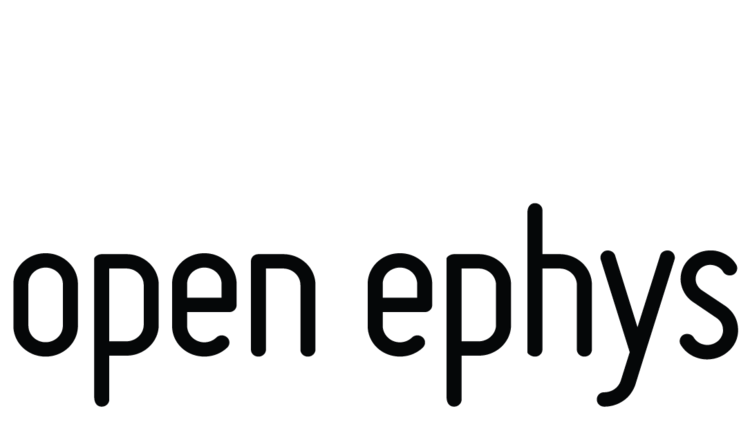We’re now accepting orders for open-source devices that expand the range of tools offered through our store.
The Wire-Free Miniscope, developed by Daniel Aharoni & the UCLA Miniscope team, makes it possible to image cell populations deep inside the brain without the need for a tether. It was featured in this paper that recently appeared in Nature Neuroscience. The components required to transform the Miniscope V3 into the wire-free version can now be ordered through our online store. Since we ran the Open Ephys x Miniscope booth at SfN, we've been working on ways for both initiatives to collaborate, and this is one of the first examples of how these efforts are bearing fruit.
FED3, developed by Lex Kravitz, Mohamed Ali, Katrina Nguyen, and Filipe Carvalho, is a portable, hackable device that can be used to train mice on a variety of operant conditioning tasks. It's battery powered and completely wire-free, so it can be used for up to one week of home-cage training on a single charge. We hope to make it accessible to a wider audience by selling it through the Open Ephys store.
In addition, Twister3, a dramatically improved tetrode twister developed by Jon Newman and Jakob Voigts, in collaboration with SpikeGadgets, will be available for purchase soon. Stay tuned for more info on how to place an order!
Announcing StimJim
You may have seen the preprint for StimJim, an open-source electrical stimulator designed by Nate Cermak. Similar to Cyclops, its LED-driver cousin, StimJim outperforms all of the substantially more expensive closed-source alternatives based on a variety of metrics. We’re currently gauging interest from the community to decide whether we should manufacture and sell these devices. If you think StimJim would help your research, please fill out out the survey on this page!
OEPS is going green
Our manufacturing partner, Open Ephys Production Site (OEPS), has recently overhauled their shipping materials to lighten their environmental impact. They’re now using recycled packaging wherever possible, so keep an eye out for new green bags on your next order! They’ve also replaced all styrofoam with a biodegradable, antistatic filling material to protect your products during shipping. This effort is a work in progress, so advice is always welcome. OEPS will continue to explore the most sustainable ways to keep delicate equipment safe during transit.
Neurophotometrics is going open source
Neurophotometrics, a scientist-run company that sells state-of-the-art fiber photometry equipment, announced that their next round of devices will be fully open source. According to their recent blog post, "our firmware, software, analysis scripts, and optical designs will be freely available to everyone that wishes to access it. [...] Our hope is to strengthen our bond with labs that use our fiber photometry system by allowing everyone to look under the hood and have control over all aspects of their instrument."
Open Ephys was founded to promote open-source tools because we believe they are essential for carrying out cutting-edge science. They allow new methods to propagate further, evolve faster, and be applied in more creative ways. Most importantly, they respect the fact that the shortcomings of existing tools force neuroscientists to become engineers out of necessity, and flexible open-source platforms help ensure that their innovations are not wasted. Therefore, we were thrilled to learn that Neurophotometrics recognizes they can run a sustainable business based on open-source tools, and we look forward to other companies making the same decision!
Bonsai Mini-Hackathon
Gonçalo Lopes, the creator of Bonsai, spent 8 days at the Allen Institute last month, teaching software engineers about Bonsai and working together to prototype new features. Bonsai is a powerful visual programming language designed to handle the diverse needs of systems neuroscience experiments—from tracking behavior to controlling stimuli to triggering closed-loop neural feedback. Our next-generation PCIe-based acquisition system has been optimized for use with Bonsai, and we’re planning much tighter integration between Bonsai and the Open Ephys GUI.
During this “mini-hackathon,” the team successfully ran Bonsai on Mac and Linux machines (thanks to the recently open-sourced .NET Core platform), tested out an interface for configuring Bonsai from other software, and built a Bonsai source module for the Neuropixels PXI acquisition system. We believe that Bonsai is one of the most under-appreciated applications in neuroscience, and we'll be working hard to help it reach a wider audience in the near future.
Until next time,
The Open Ephys Team

